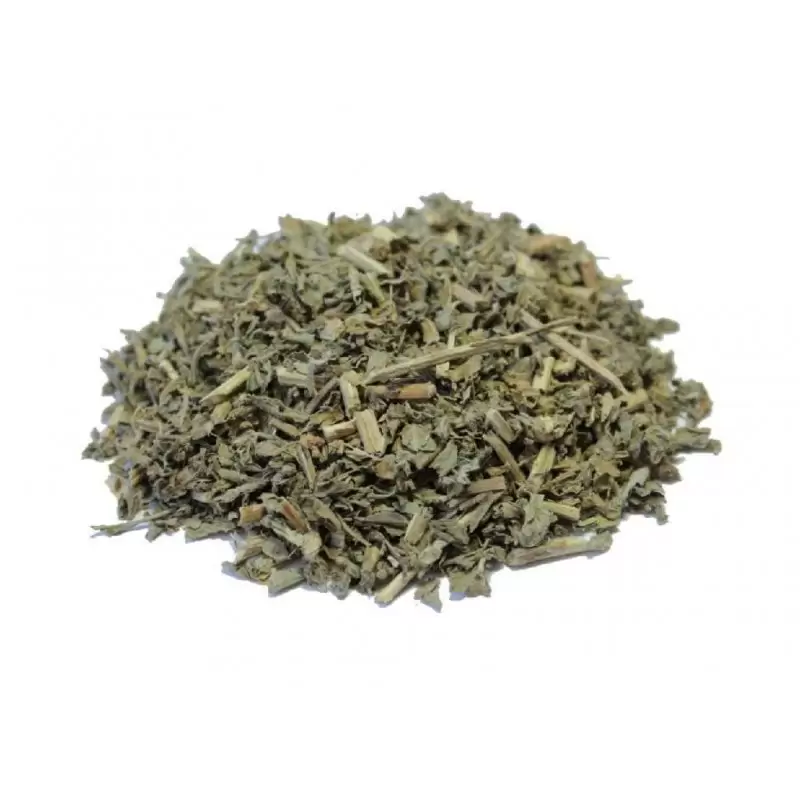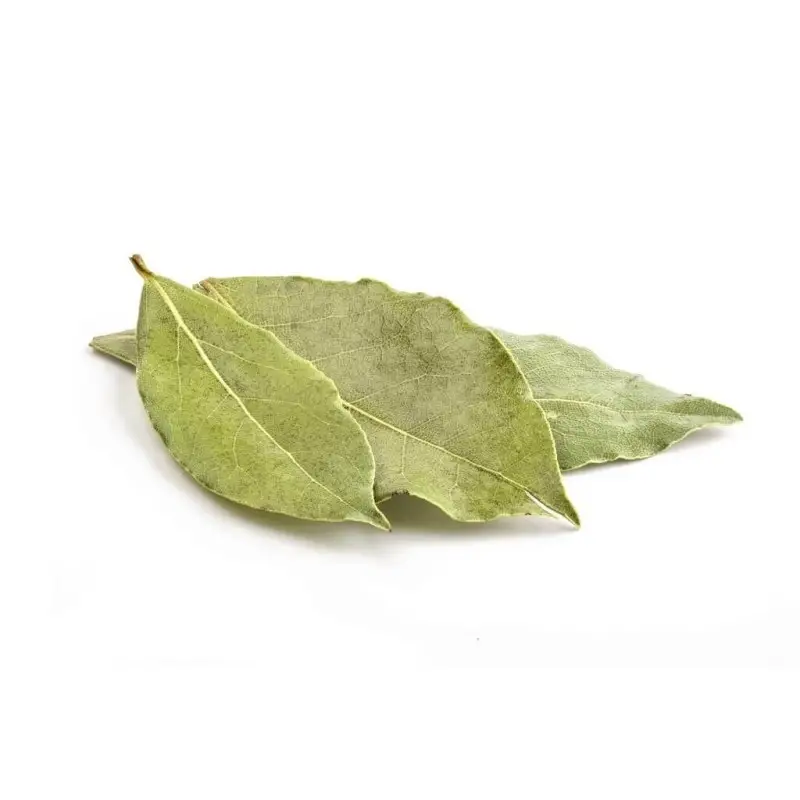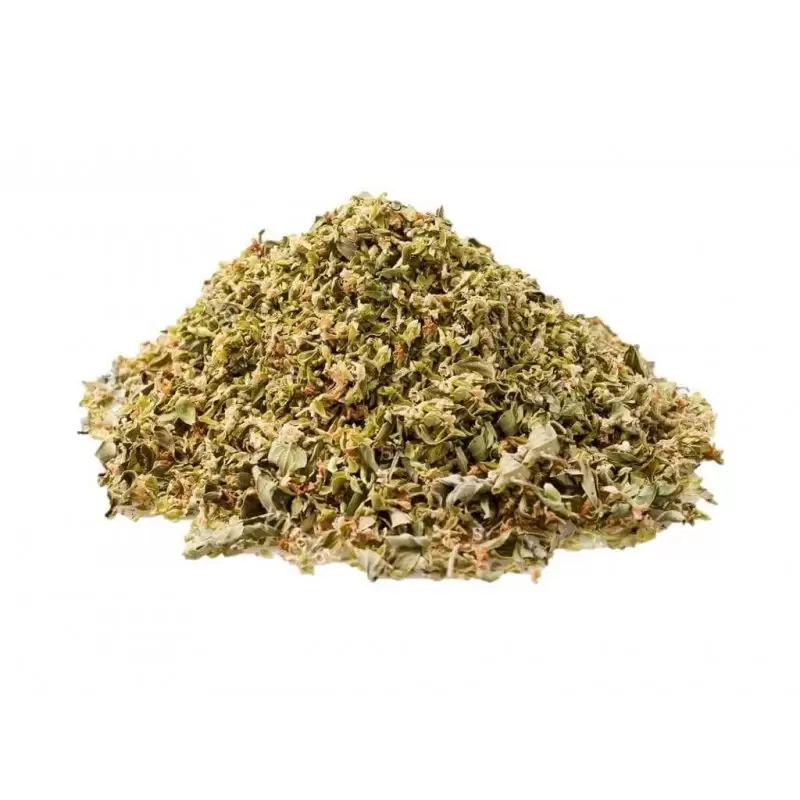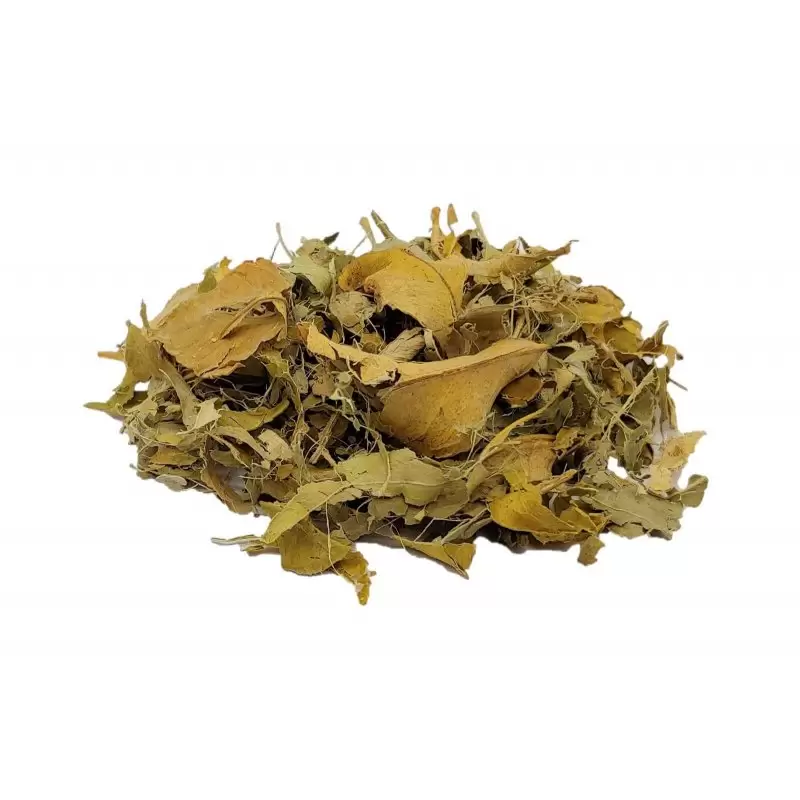Basil (Ocimum basilicum)
Sweet Basil | Aromatic | Leaves

Fast delivery worldwide
Sent by: DHL, DPD, UPS, MRW, CTT
Basil leaves
Have you ever used infused Basil leaves? If not, try it for breakfast or a snack. Besides helping to balance the nervous system, it strengthens the muscular system and improves digestion. It has been used for hundreds of years as an analgesic tea. Learn more benefits and how to prepare!
Ingredients: 100% Basil, leaves (Ocimum basilicum).
What is Basil Tea good for?
Basil Tea has anti-inflammatory and diuretic properties that are beneficial for the well-being of the heart, liver, lungs, kidneys, and intestines. This potent medicinal tea helps to relax, relieve menstrual cramps, strengthen defences, improve breathing, and treat canker sores. It also stimulates memory, prevents excessive accumulation of intestinal gas, and relieves fever. When used as a gargle, it can help treat tonsillitis and prevent bad breath.
Other uses: sinusitis, sore throat, anxiety, nervousness, lack of concentration, insomnia, migraine, fluid retention, kidney stones, and insect bites.
What is Basil?
Basil is an aromatic herb of the mint family that is popular in different regions of the world. Whether dried or natural, Basil is one of the classic ingredients that cannot be missing in Italian and Asian cuisine. In addition to being highly rich in vitamins, it contains a high quantity of magnesium and calcium, essential for muscle and bone health.
Uses in cooking: infusion, salads, eggs, pizzas, or tomato sauces.
Water temperature: 100º
Infusion time: 5 to 10 minutes.
Recommended quantity: Approx. 1 tablespoon of Basil Leaves per cup (240ml).
Dosage: Drink 1 to 3 cups per day.
How to prepare Basil Tea: place 1 tablespoon of Basil in a pan in 240 ml of boiled water. Then, cover it and let it infuse for 5 to 10 minutes. Finally, strain and allow to cool slightly before drinking. If you prefer your tea sweet, add some stevia leaves. For best results, practice a healthy lifestyle.
Store in a cool, dry place away from light.
Warnings: This plant should be avoided by pregnant women or toddlers, even by anyone with hypersensitivity to the plant's active ingredients.
NOTE: The image shown is only a suggested presentation, and the type of cut and dimensions of the plant may vary in the supply or time of year, keeping all the quality, functionalities, and properties of the tea unchanged.
Infusion with Basil Leaves (Ocimum basilicum)
Predominant Flavour: Aromatic, herbaceous with sweet and spicy notes
Ingredients:
- 1 tablespoon of Basil Leaves (4g)
- 1 teaspoon of Lemon Balm (Cidreira) (2g)
- 1 teaspoon of Lavender Flowers (Alfazema) (1g)
Preparation:
- Heat 250ml of water until hot but not boiling (about 90°C).
- Place the Basil Leaves in a teapot.
- Add the Lemon Balm and Lavender Flowers.
- Pour the hot water over the herbs.
- Cover and steep for 5 minutes.
- Strain and serve.
Flavour Balance: The citrusy notes of Lemon Balm enhance the aromatic profile of Basil, while the floral Lavender adds a gentle sweetness, creating a sophisticated and well-balanced infusion.




 Reviews
Reviews 



